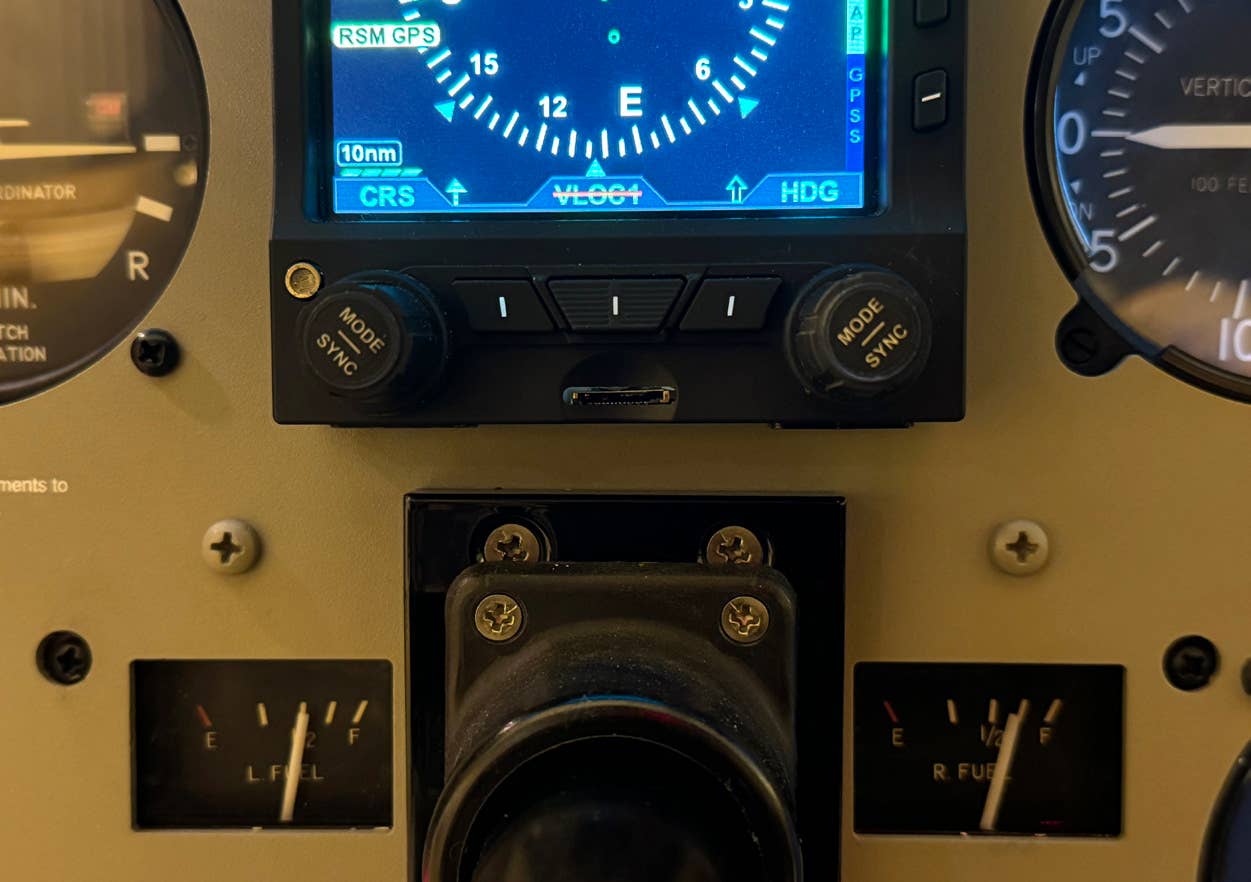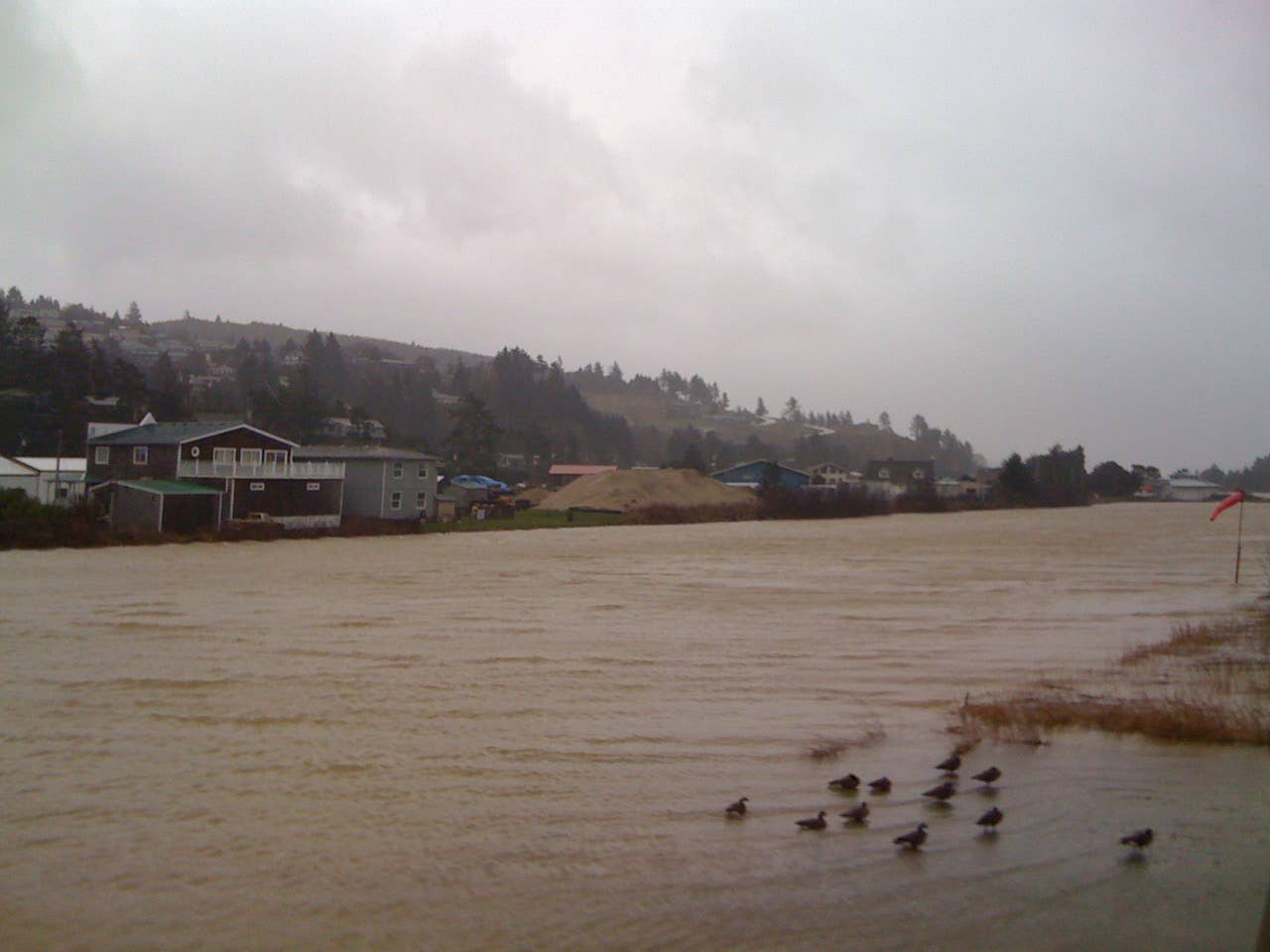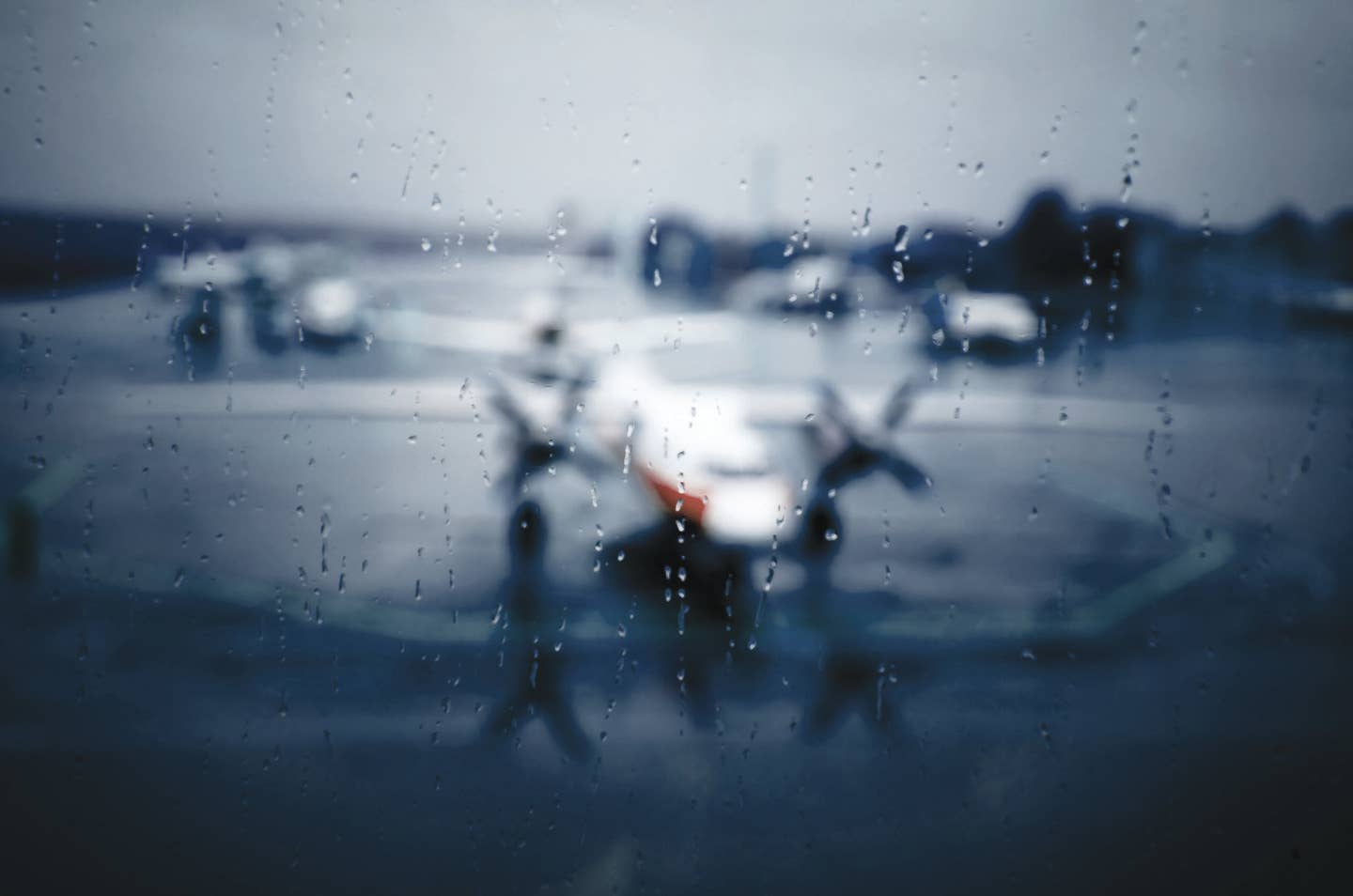
Courtesy of X-Plane 9
I was really surprised. I was looking at a chart that depicted the number of fatal accidents that occurred in the commercial jet fleet throughout the world between 1999 and 2008 (available at boeing.com/news/techissues/pdf/statsum.pdf). It showed that Loss of Control In-flight (LOC-I), with 22 accidents, easily beat the nearest contender, Controlled Flight Into Terrain (CFIT), of which there were 17 occurrences. However, LOC-I opened an even greater lead when I looked at the number of onboard fatalities, with 1,926 fatalities compared with 961 for CFIT.
It is hard to believe, but the leading cause of fatal accidents in commercial aircraft during the past 10 years and by far the leading cause of fatalities is that the crew lost control of the airplane. However, it was not a surprise to the folks at APS Emergency Maneuver Training. Their formal research on the topic of recovery from upsets shows that 90 percent of pilots who have not had previous upset-recovery experience will pull back on the controls when trying to recover from an overbank situation beyond 90 degrees of bank, even though that is absolutely the worst possible action because it will exacerbate the problem by steepening the bank and literally pulling the airplane into the ground.
BJ Ransbury, the president of APS, points out that pilots typically spend very little time in attitudes that meet the description of an upset as defined by the FAA: more than 25 degrees nose up, more than 10 degrees nose down or more than 45 degrees of bank. Even a professional pilot with 20,000 hours total time might have spent only a few minutes flying in, and recovering from, these extreme attitudes. Thus, even someone who might be considered an expert pilot in normal operations has almost no experience to fall back on if forced to deal with an upset. While general aviation accident statistics don't break out loss of control in flight as a separate number, maneuvering was the leading cause of fatal GA accidents in 2007, and almost two-thirds of those involved stalls and/or loss of aircraft control.
Many different factors can result in an upset:
• System Failure – Including automation failure or asymmetrical control application.
• Pilot Weakness or Error – Such as inadequate instrument cross-check, inattention, distraction, vertigo or improper use of automation.
• Environmental Causes – Wind shear, turbulence, thunderstorms, microbursts, icing or wake turbulence.
On top of that, there are many different situations in which a pilot might find himself that constitute an upset. For example, the nose might be excessively high or low, and the wings might be level or banked to the point that the airplane is upside down. Finally there is the startle factor. Because upsets are so rare, pilots are not alert for an upset situation nor prepared to recover from one. Because of this the pilot will typically be very startled when an upset occurs, leading to a gut reaction that is almost always wrong since many of the required control inputs in upset and stall recovery are counter-intuitive.
The instructors at APS realized that, with so many variables, it was critical to come up with one simple recovery strategy a pilot could use in all upset situations. In the November 2007 issue of Flying, I described the simplified upset-recovery system developed by APS: Push-Power-Rudder-Roll-Climb. In a study on the effectiveness of this simplified approach, APS has found that, while less than half of the trainees can recover from an upset before training, almost all can successfully recover after training.
Originally the upset-recovery program at APS consisted of the traditional approach with an extensive briefing and a flight in an Extra 300 unlimited aerobatic airplane, followed by a debriefing using video from several cameras mounted at various locations on the airplane. While this approach was very successful, APS wanted to offer more options to its trainees along with a training environment that is more similar to a corporate or airline jet cockpit than the Extra 300. As a result, it has developed four unique training programs that can be used individually or combined for additional effectiveness.
Web-Based Academic Training
The first level of training consists of a comprehensive Web-based program that establishes a threshold level of knowledge about loss-of-control causes and recovery techniques. This self-paced program typically takes three to eight hours to complete. It includes presentations by the top test pilots at Boeing and Airbus and comes with links to extensive reference materials.
Simulator-Based Training
APS uses a full-motion CAE Level D Embraer Regional Jet (ERJ) simulator for the simulator-based training.
Aircraft-Based Training
APS continues to offer upset-recovery training in the Extra 300.
Integrated Simulator and Aircraft Training
This program combines the best of both worlds by providing training in both the ERJ simulator and the Extra 300.
While the computer-based (CBT) course, which is on the Web, is available as a standalone academic training program, it is also a prerequisite for pilots enrolling in the simulator-based, aircraft-based or integrated simulator and aircraft programs. The CBT provides the core knowledge to the trainee, allowing the instructor to conduct the preflight briefings in a much more interactive manner than if the trainee had not already been introduced to this information.
I had an opportunity to observe Clarke McNeace, the director of operations and training standards for APS, as he conducted the final simulator training session for Rick Clark, a pilot flying the Falcon 50 and other corporate jets. As usual, the session started with an extensive briefing. McNeace led Clark through a number of scenarios that can lead to an upset condition. He also explained why it is critical that the pilot push first even in an overbanked spiral dive, and why pushing before attempting to roll is much more effective than the rolling pull that most pilots tend to use. The half-G push unloads the wings, making the ailerons much more effective in the recovery, thus optimizing the roll rate while minimizing the dive angle and asymmetric wing loading. After a short break, we headed across the street to the ERJ simulator. McNeace emphasized that, while full stalls are beyond the fidelity of the simulator and thus might not be 100 percent accurate, the simulator is able to accurately depict the upset recovery itself.
As might be expected, APS has found that the integrated approach including both simulator and aircraft training is by far the most effective. The advantages the simulator brings to the equation include its similarity to the aircraft operated by the trainee and the ability to freeze the action at any point to discuss the situation and the appropriate recovery. McNeace was able to use the simulator to demonstrate how easy it is to get into an upset in normal pattern operations or even in cruise flight at maximum altitude if the pilots don't notice that the airplane has flown into a warmer air mass, leading to a loss of airspeed with no additional thrust available to accelerate the airplane. He also had Clark try rolling the airplane quickly in a slow flight situation, first using the ailerons only and then the rudder only. It was obvious that rolling with the rudder was very hard to do, with lots of oscillations and no precision. The bottom line: The rudder should be used only to counteract yaw. Clark said that the training was an eye-opening experience for him and that he had "never done that before in a simulator." In fact, he said that in his experience, the only time spent at altitude was to get ready to do an emergency descent.
It has been fascinating to watch the development of the APS upset-recovery curriculum during the past few years. Staff members' extensive experience in military and civilian operations and training, coupled with their rigorous approach to developing training and documenting the effectiveness of that training, has resulted in a unique approach that manages to convey complicated aerodynamic concepts in an understandable manner. More important, they provide a simple path to follow that will maximize a pilot's chances of recovering from an upset condition.
I believe that any pilot would benefit from the relatively inexpensive computer-based training available at home through the Internet, and it is obvious that anyone who attends APS simulator and/or airplane recovery training will experience a quantum leap in his or her ability to recognize and avoid or recover from an upset condition. Specific information about APS training programs along with a considerable amount of information about upset recovery is available at apstraining.com.

Sign-up for newsletters & special offers!
Get the latest FLYING stories & special offers delivered directly to your inbox






